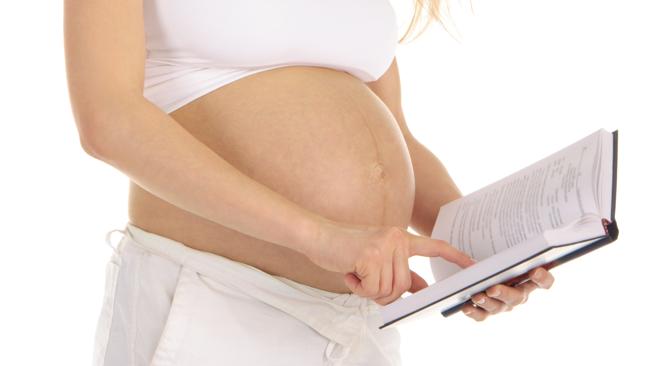Women under 35 have great chance of getting pregnant via ART, world-first study finds
ASSISTED reproduction will deliver a baby to just over half the Australian women aged under 35 who use it, a world-first study has found.

ASSISTED reproduction will deliver a live baby to just over half the Australian women aged under 35 who use it, a world-first study has found.
However, it has found women have very little chance of becoming pregnant using Assisted Reproduction Technology if they are not successful after five treatments.
The research by the University of NSW found 264 women were so keen for a child they had ten cycles of treatment between 2009-2011.
This was even though the sixth cycle of treatment only afforded an extra 0.7 percent chance of pregnancy and the seventh cycle, 0.4 percent.
Women aged over 40 now make up one in four of the ART cycles delivered and the study shows they have a 15.7 percent chance of becoming pregnant after five cycles of treatment.
"This very much shows the impact of your age," says one of the authors, Professor Elizabeth Sullivan.
The study is the first to calculate the cumulative success rate of ART on a national basis.
The chance of delivering a live born baby was 21.1 percent after the first cycle, increasing to 31.1 percent after two cycles, 36 percent after three cycles, 38.6 percent after four cycles, and 40 percent after five cycles.
The calculations were made on data from 35 fertility centres in Australia and New Zealand between 2009-2011.
It shows there is little chance of pregnancy after the fifth round of treatment, regardless of a woman's age.
But when the age of the mother was taken into account it found more than half the women (50.6 percent under 30 have a baby within five rounds of ART and there are similar rates of success for women aged 30 to 34 (51.7 percent).
"This is a great result. It shows the benefit of getting treatment early," says Professor Elizabeth Sullivan, the head of UNSW's National Perinatal Epidemiology and Statistics Unit.
"The other good news is that we expect to see the cumulative success rates increase as women who may have only had one or perhaps two cycles in our study time frame, return for further treatment, and get pregnant."
More than 61,000 Australian women had ART treatment in 2011 and the average age of women taking part was 36.
Women as old as 54 accessed the treatment in an attempt to have a child.
There were 11,148 live babies born as a result of the treatments in Australia in 2011.
There was a clinical pregnancy rate of 23 percent for each treatment and a live birthrate of 18 percent.
The number of multiple births from the treatments has plunged from 10 percent in 2007 to 6.9 percent in 2011.
"Australia and New Zealand are leading the way, having the lowest regional rate of multiple birth deliveries in the world," says Associate Professor Mark Bowman, a fertility doctor and the president of the Fertility Society of Australia.
Almost a third of the births were the result of using a frozen embryo and women aged over 44 had a better chance of getting pregnant using this method.
Around 4.0 percent of ART cycles used donor eggs.
###



